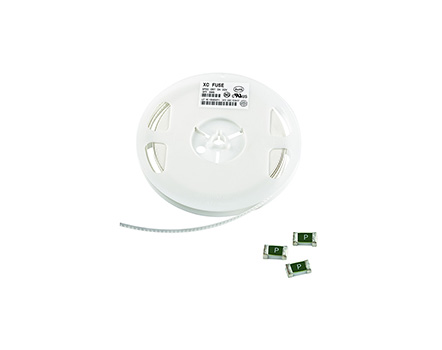
There are two optional types of self recovery fuses and disposable fuses available for surface mounting. Both self recovery fuses and disposable fuses can respond to excessive current, but the "self recovery" device of self recovery fuses, based on polymer components, can automatically reset after overload disappears, achieving multiple overcurrent circuit protection. When a conductive polymer is heated by an overload current, its resistance will increase, thereby limiting the circuit current. The advantages are more prominent in many products. However, it is not possible to replace disposable fuses with self restoring fuses. Both have their own advantages and disadvantages. In terms of overload protection for circuits, the two do not have the best products. Only by fully understanding the performance differences between the two types of fuses can we make easier choices when choosing the optimal circuit protection scheme. Then, based on the specific working conditions of the circuit and different types of fuses, Finally, select the most suitable fuse for the circuit to provide overload protection.
Read recommendations: